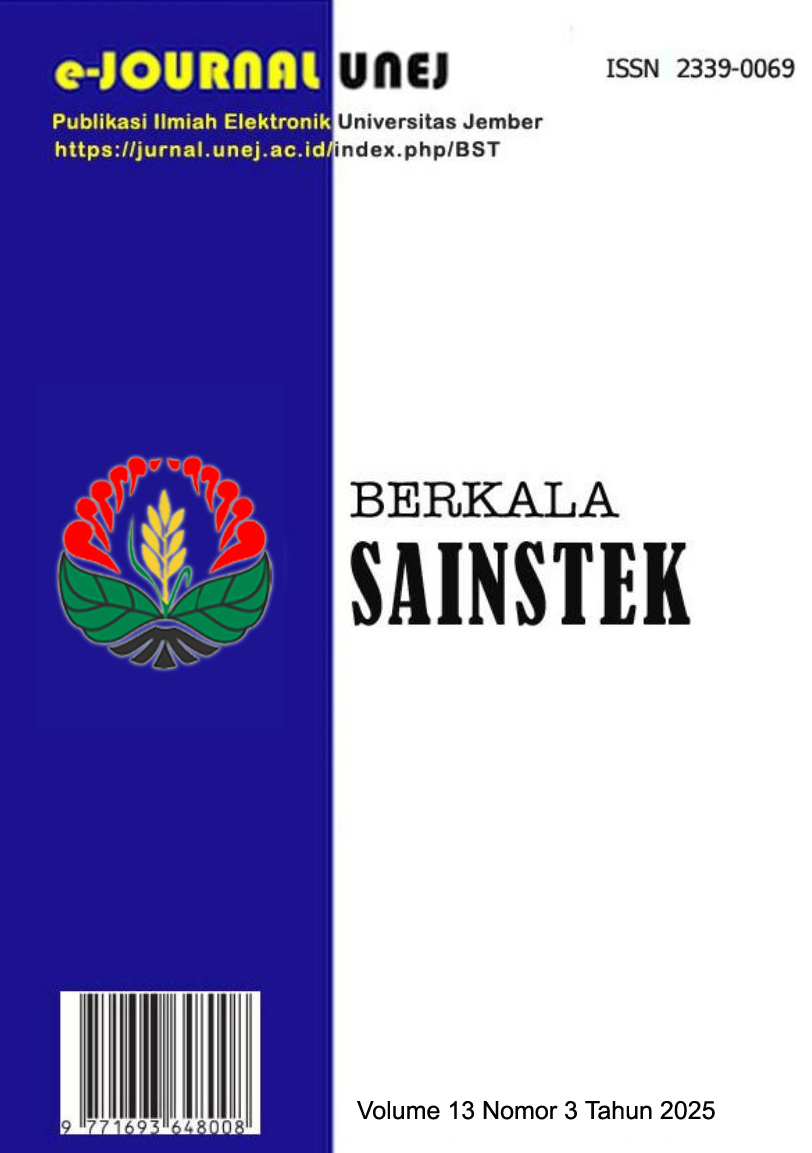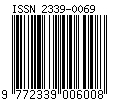Biosorption of Lead (Pb) Metal using Immobilized Pseudomonas putida: Kinetic Analysis and Langmuir-Freundlich Adsorption Isotherm
DOI:
https://doi.org/10.19184/bst.v13i3.53718Keywords:
Pseudomonas putida, Biosorption, Adsorption kinetics, Isotherms, Immobilization, Heavy metalsAbstract
Heavy metal Pb(II) contamination in industrial wastewater requires effective and environmentally friendly remediation technologies. This research aims to evaluate biosorbent performance for Pb(II) removal through kinetic and adsorption isotherm analysis. Biosorption studies were conducted with variations in contact time and initial concentration to determine optimal conditions and adsorption mechanisms. The results showed that the biosorbent exhibited a maximum adsorption capacity of 48 mg/g at 100 mg/L concentration, with equilibrium time achieved at 120 minutes, followed by fluctuations before reaching dynamic equilibrium. Kinetic data followed the pseudo-second-order model (R² = 0.9861) with a rate constant k2 = 0.3495 g/mg•min, indicating a chemisorption mechanism. The adsorption isotherm fitted the Langmuir model (R² = 0.9491), demonstrating monolayer adsorption on a homogeneous surface. At low concentrations (0-75 mg/L), the adsorption increase proceeded linearly, whereas at high concentrations (100-200 mg/L), active site saturation occurred. The developed biosorbent demonstrates promising application potential for sustainable and cost-effective industrial wastewater treatment technology for heavy metal Pb(II) removal.
Downloads
Downloads
Published
Issue
Section
License
Copyright (c) 2025 Khairunnisa, Rahmahtriananda Faradilla, Ahmad Moh. Nur

This work is licensed under a Creative Commons Attribution-NonCommercial 4.0 International License.




